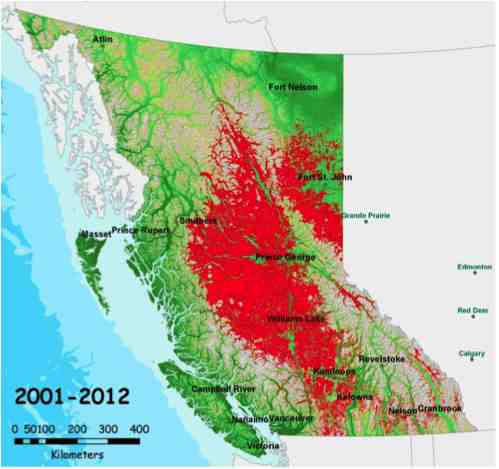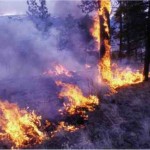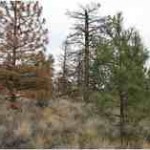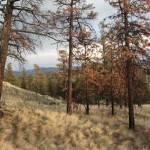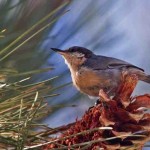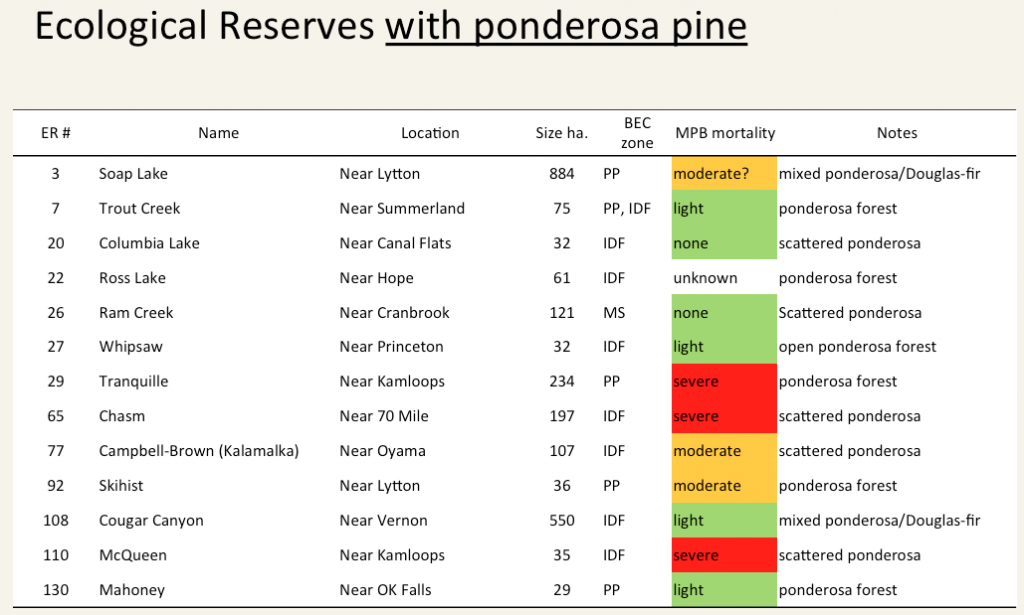
News/Reports
How To Manage Ponderosa Pine Ecosystems In BC’s Protected Areas After The Pine Beetle
This presentation was given in December 2013 by Alan Vyse of Thompson Rivers University at the BC Protected Areas Research Forum, BCPARF 2013 – December 3-5th at Thompson Rivers University in Kamloops BC.
It is presented here as it represents research done in part in Tranquille Ecological Reserve
Ponderosa pine (Pinus ponderosa) ecosystems are relatively rare and biologically important in British Columbia. Small areas of this ecotype are protected by National, Provincial and Municipal agencies, communities and private conservation organizations. Active management by these groups has taken the form of efforts to reduce forest fire hazard and enhance habitat for specific animals through thinning and prescribed burning. Future management efforts in these protected areas are in question because the recent mountain pine beetle
(Dendroctonus ponderosae) epidemic. Almost all of the larger pine trees (>30cm) were killed over thousands of hectares of ponderosa pine forest in the northernmost portion of the range, including pine forests in protected areas. What are the implications for future management of protected areas in both affected and unaffected areas? I will report results of a detailed study by the TRU ponderosa pine study of twenty two ponderosa pine stands in the Thompson, Nicola and south Okanagan valleys, twelve of which experienced severe mountain pine beetle mortality. Future management practices will be discussed.
The complete PDF is included here: Alan Vyse Presentation PDF
A gallery of images of Tranquille ER:
- Prescribed fire in Tranquille Ecological Reserve (#28) April 1999 to reintroduce fire and reduce risk of catastrophic fire
- At Tranquille ER about 20% the number of stems in KC park, with higher proportion of Fdi; outcome in 50 years is likely to be scattered mixture of young Py and older Fdi trees with grassland; similar outcome for 5 other areas sampled
- First pine beetle (WPB?) noted in 2003; main attack in 2006; fires stimulated grass production, almost no CWD and snags; reduced density of regenerating stems at the time of the fire; no replacement stems following pine beetle attack … no seed; …
- essentially the fire reduced the resilience of the ecosystem and it moved to grassland for several decades and stand will only be replaced from the young trees on the edge of the reserve that was regarded as encroachment
- Tranquille ER; move from closed stand of Py to open stand with higher proportion of Fdi
- Pygmy Nuthatch Migration: Permanent Resident; reduction of 90% based on transect and nesting surveys 4 birds /km versus 0.4 It is a Ponderosa Pine Obligate Up to 80% of Winter diet consists of Ponderosa Pine seeds Norris, R. A. 1958. Comparative biosystematics and life history of the nuthatches Sitta pygmaea and Sitta pusilla. Univ. Calif. Publ. Zool. 56: 119–300. Cavity nester (primarily in ponderosa pine but will also nest in Douglas Fir) Shifts diet to insects during breeding season Gregarious and social all year Family flocks consist of parents and helpers (average 5-6 individuals ) Aggregate roosting especially in winter (15 or more birds roosting together is not uncommon and up to 100 roost together) Energy saving mechanism
The following slide is of particular note which reflects the presence of this ecosystem in Ecoreserves of BC.

